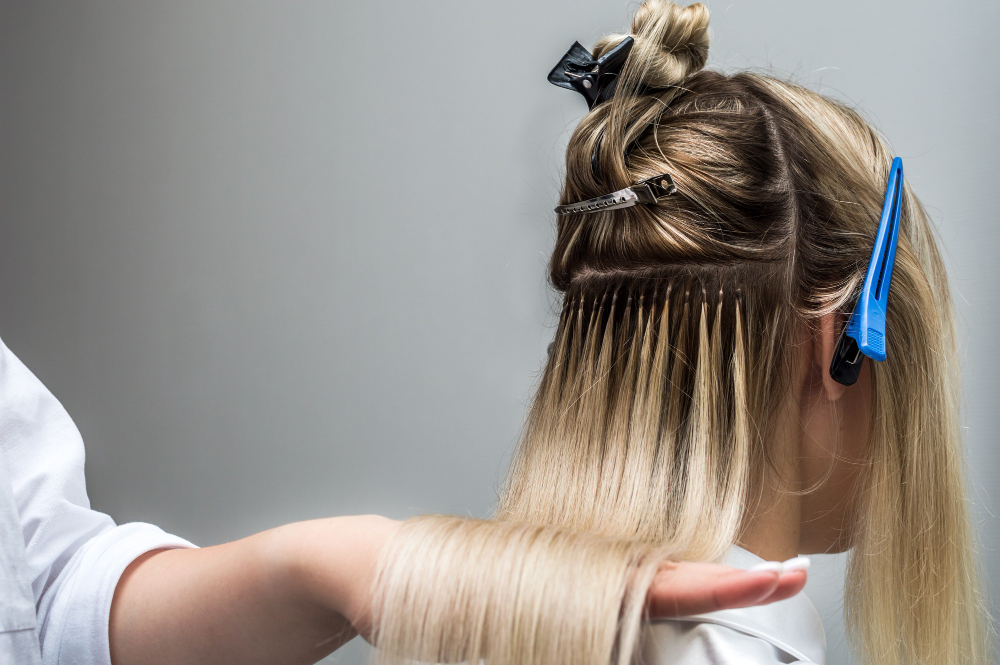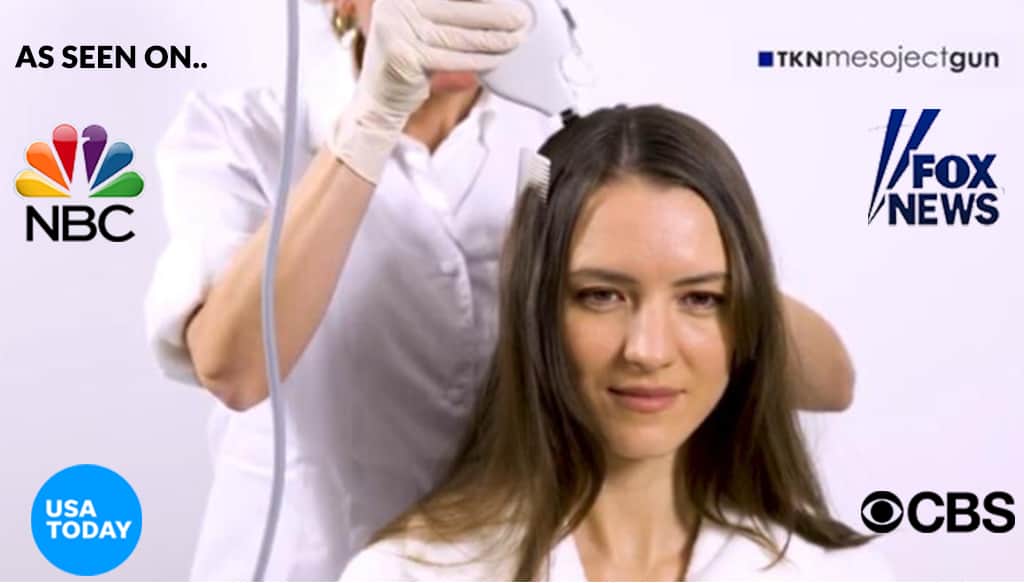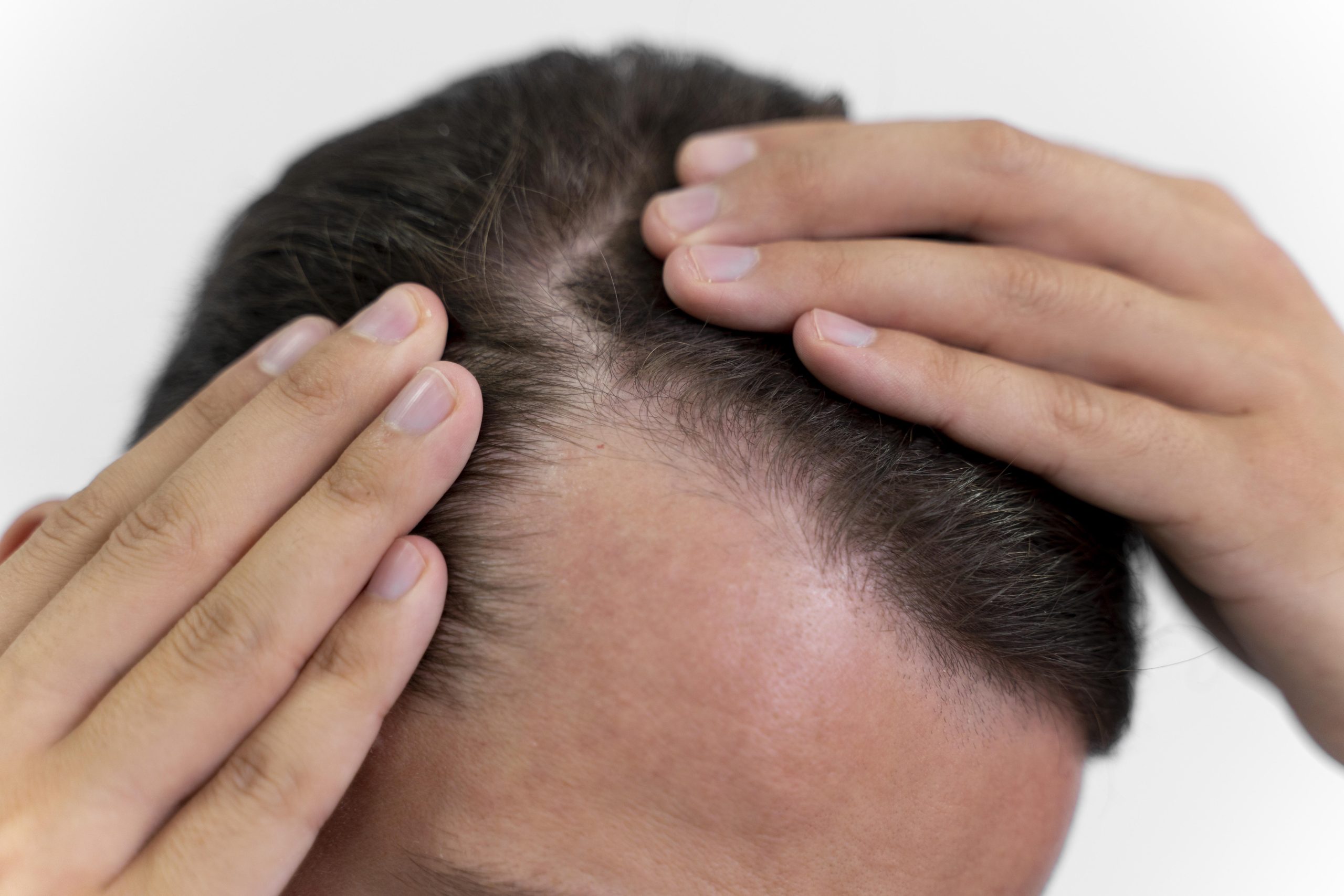Hair Loss in Transgenders
Male or female pattern baldness, also called androgenetic alopecia, is an inherited condition that affects millions of men and women. Hair loss occurs in both sexes when the scalp hair follicles are genetically programmed to shrink and produce thinner, shorter strands of hair. The condition usually starts to develop in adulthood and progresses slowly over time.
For people transitioning or considering a transition into transgender feel they were born to be; hair loss can be a significant issue. In particular, the shedding pattern may hamper a person’s new look for those transitioning from male to female.

Women (cis) who experience female pattern hair loss experience thinning hair in the affected areas. This thinning can be more noticeable around the temples, but cis women rarely have a receding hairline – a trait that is much more common in cases of male pattern baldness. Cis men often have more defined areas of hair loss, such as a receding hairline or thinning crown, and can even develop baldness – very rare for cis women.
If you’re looking for a hair loss solution that works, look no further than Guci Image. We offer a wide range of therapies for hair loss treatment, specifically for transgender individuals. The needleless mesotherapy treatment is our newest technology, and it’s already proven incredibly effective at hair regrowth.
Causes of Hair Loss

Genetics
The genes you get from your parents significantly influence the amount and quality of hair, the growth cycles, and the probability you will lose it.
At least 40 genes on the X chromosome influence hair loss, which means trans men are more likely to experience androgen-induced hair loss after starting testosterone therapy.
Trans women experience hair loss in patterns similar to the women in their families.

Grooming
Several things can cause traction alopecia, a type of hair loss caused by the constant pulling or tension on hair follicles. Some of the most common culprits are hairstyles or grooming habits that strain the hair, like tight ponytails, pigtails, braids, or cornrows. Wearing headgear that's too tight or rubs against the scalp can also cause the condition. The use of incorrect brushes or combs can also lead to hair loss.

Hormones
Two critical hormones that lead to baldness are testosterone and thyroid hormone.
Regrow Your Hair and Prevent Baldness
When it comes to hair loss treatment, transitioning from one gender to another shouldn’t complicate things. Early detection is key, and we believe in taking a proactive approach at our center. When a patient visits us, we’ll do digital analysis and HDA testing to understand the condition. We can discuss the best options for preventing further hair loss and possible regrowth.
Guci Image offers various non-invasive therapy for transgender people. Some of them are:
Needleless Mesotherapy (EPM):
Guci Image’s newest technology is a needleless mesotherapy gun from Barcelona, Spain, that increases the absorption of active hair loss ingredients into deeper skin layers.
The device delivers energy through electroporation and transdermal delivery, making it non-invasive and pain-free. This makes it ideal for those who want a proven hair loss treatment that won’t cause discomfort.
All you have to do is sit back and relax while a professional at the center takes care of everything!
The technician will apply the topical solution to your scalp before beginning the hair loss treatment. Then, they will use the mesoject device to administer the proprietary hair loss cocktails through a computer microchip applied to the scalp in motions similar to a gun. This procedure activates the absorption of the solution into your scalp.


Laser Light Therapy
Cosmetic Transdermal Reconstruction (CTR)

Prevent Hair Loss with Guci Image
If you are interested in our transgender hair loss treatments, please don’t hesitate to contact us. We would be more than happy to help you find a solution that fits all your needs for hair loss and regrowth.
Please schedule a consultation with our specialist today!
Schedule Your Complementary Hair Loss Evaluation
Virtual & In-person Consultations Available


